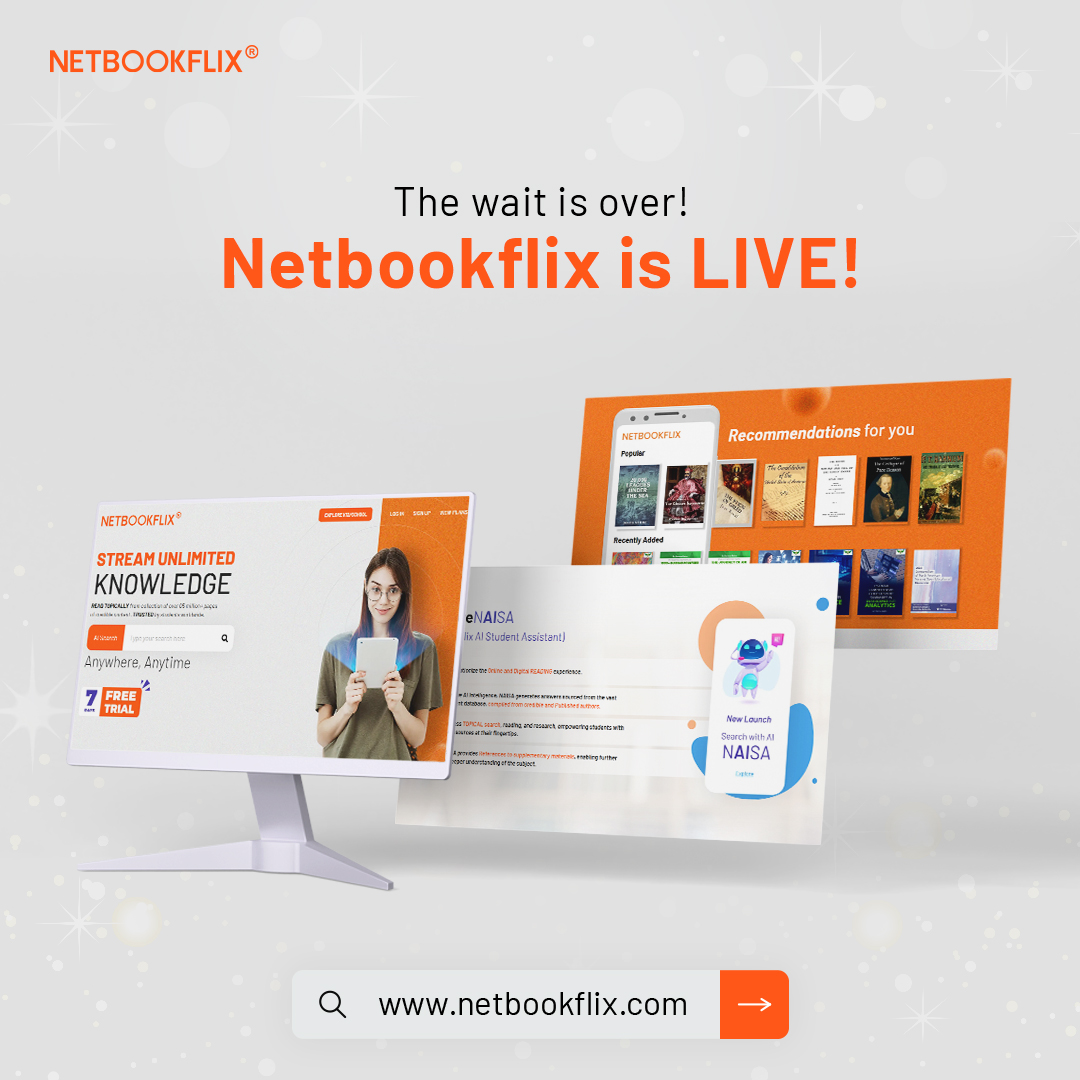Online learning subscriptions offer a convenient and cost-effective way for individuals to access a wide range of courses across various fields. These services typically provide unlimited access to course libraries for a monthly or annual fee, making continuous education more flexible and accessible.
They combine expert instruction, diverse topics, and flexible scheduling, allowing learners to improve skills or explore new interests at their own pace. From professional development to creative pursuits, subscription platforms cater to different needs without the commitment of single course purchases.
As the demand for online learning grows, these subscriptions have become essential tools for both personal growth and career advancement. Their scalability and affordability make them popular choices for learners seeking ongoing education without overwhelming costs.
Understanding Online Learning Subscriptions
Online learning subscriptions offer flexible access to educational content through various models, platforms, and features. They typically involve recurring payments and cater to different learner needs, ranging from broad course libraries to focused, per-course access. Each platform varies in user experience, pricing, and content specialization.
Types of Online Learning Subscription Models
Subscription models for online learning commonly include monthly and annual plans. Monthly subscriptions provide ongoing access with flexibility to cancel anytime, while annual plans often offer cost savings for longer commitments. Some platforms also offer pay-per-course options for learners who prefer to pay only for specific content.
Membership models may include tiered access levels, with certain tiers unlocking premium courses or additional resources. Bundled subscriptions combining courses, certifications, and community features are also common. These models enhance learner engagement and provide steady revenue streams for providers.
Key Features of Online Course Platforms
Online learning platforms typically feature a diverse course library, flexible learning paths, and progress tracking tools. They often include multimedia content such as videos, quizzes, and downloadable materials to support different learning styles.
Automation in subscription management handles payments and renewals, ensuring seamless access. Platforms may offer mobile apps, offline content, and interactive forums to improve convenience and learner interaction. Integration with certification or credential systems is also common, adding value for career-oriented users.
Popular Providers and Platforms
Leading providers like Coursera, Udemy, and LinkedIn Learning offer varied subscription models ranging from monthly access to lifetime course ownership. Platforms such as Skillshare emphasize creative skills with community interaction, while others focus on professional development and technical training.
Providers often differentiate through course quality, instructor expertise, and platform usability. Pricing structures and subscription length vary, allowing learners to select options best suited to their goals. Many platforms also offer free trials or limited free content to attract potential subscribers.
Maximizing the Value of Online Learning Subscriptions
Selecting the appropriate subscription involves balancing cost, content quality, and learning goals. Understanding pricing models and access features helps users avoid paying for unnecessary options. Effective learning practices and subscription management ensure users get continuous value from their investment.
Choosing the Right Subscription for Your Needs
Users should first identify their learning objectives. Subscriptions vary in specialization, course depth, and access to supplementary resources. For example, professionals seeking career development may prefer platforms offering certification paths and personalized learning pathways.
Evaluating course variety and update frequency is equally important. Subscriptions that include mentorship or community support provide added value. It’s advisable to consider trial periods or freemium options to test fit before committing.
Comparing Pricing and Access Options
Online learning subscriptions come with diverse pricing structures. Common types include tiered plans, flat-rate subscriptions, and pay-per-course models.
| Pricing Model | Access Features | Ideal For |
|---|---|---|
| Tiered Plans | Varied content and support depending on level | Users needing flexible access |
| Flat-rate | Unlimited access within period | Frequent learners |
| Pay-per-course | Payment only for courses chosen | Casual or targeted learners |
Users should assess what levels of content and support are included at each price tier. Some platforms offer discounts for annual subscriptions, increasing cost-effectiveness.
Tips for Effective Online Learning
Consistent scheduling enhances retention and progress. Setting specific goals for each study session keeps learners focused. Engaging actively through note-taking, quizzes, and forums improves understanding.
Selecting courses aligned with career or personal interests fosters motivation. Combining subscription content with external resources can deepen knowledge. Users should also leverage personalized features, such as adaptive learning paths, if available.
Managing and Renewing Subscriptions
Regular review of subscription usage helps identify underutilized features or courses. Setting calendar reminders for renewal dates prevents unintended service lapses.
Users should explore options for subscription upgrades or downgrades depending on changing learning needs. Cancelling unused subscriptions avoids unnecessary costs. Monitoring available promotions or loyalty benefits can also reduce expenses.



Leave a Reply